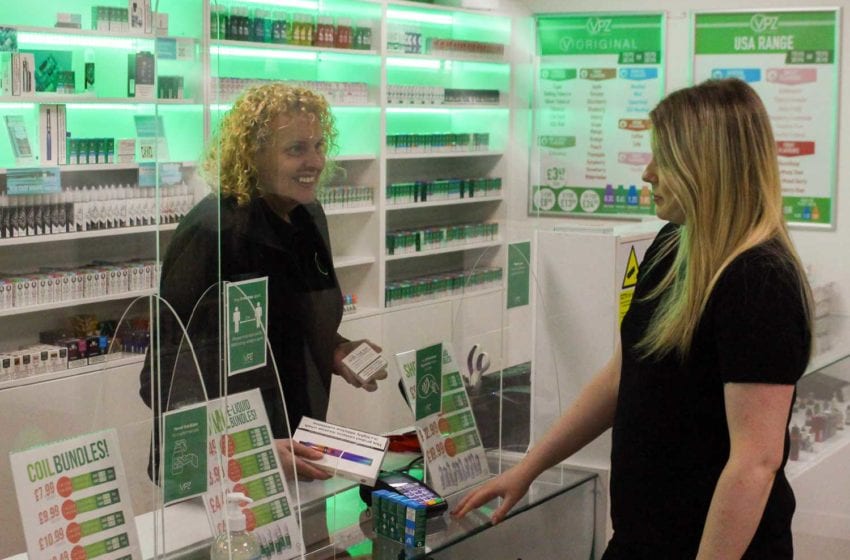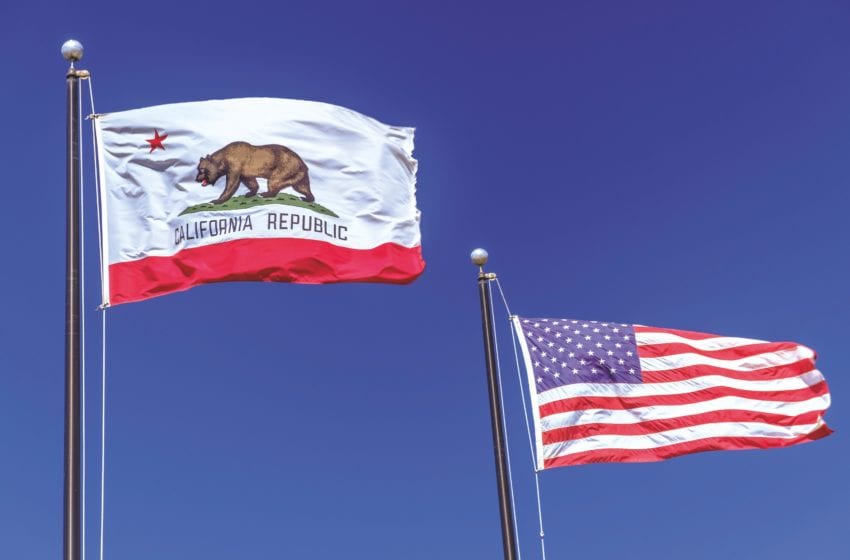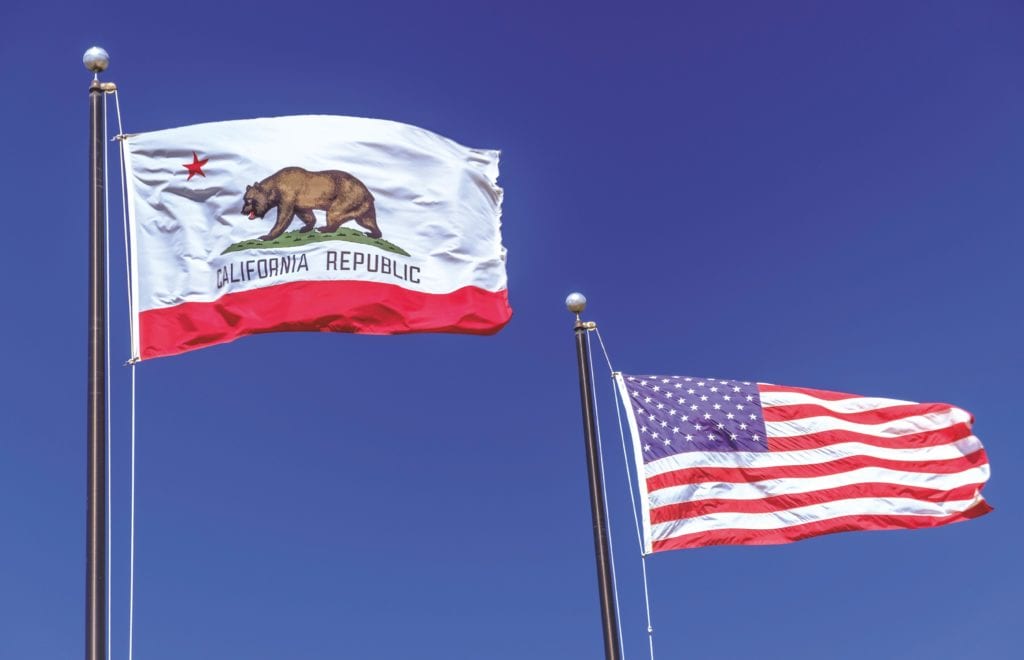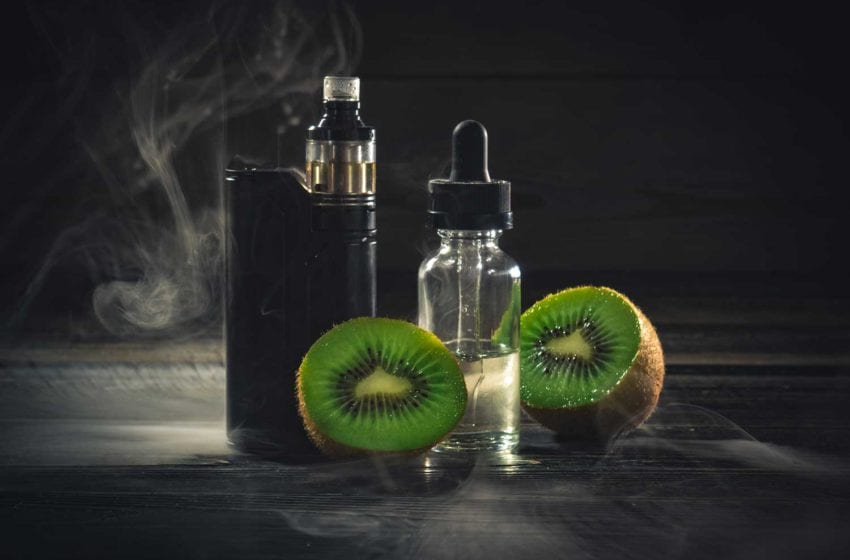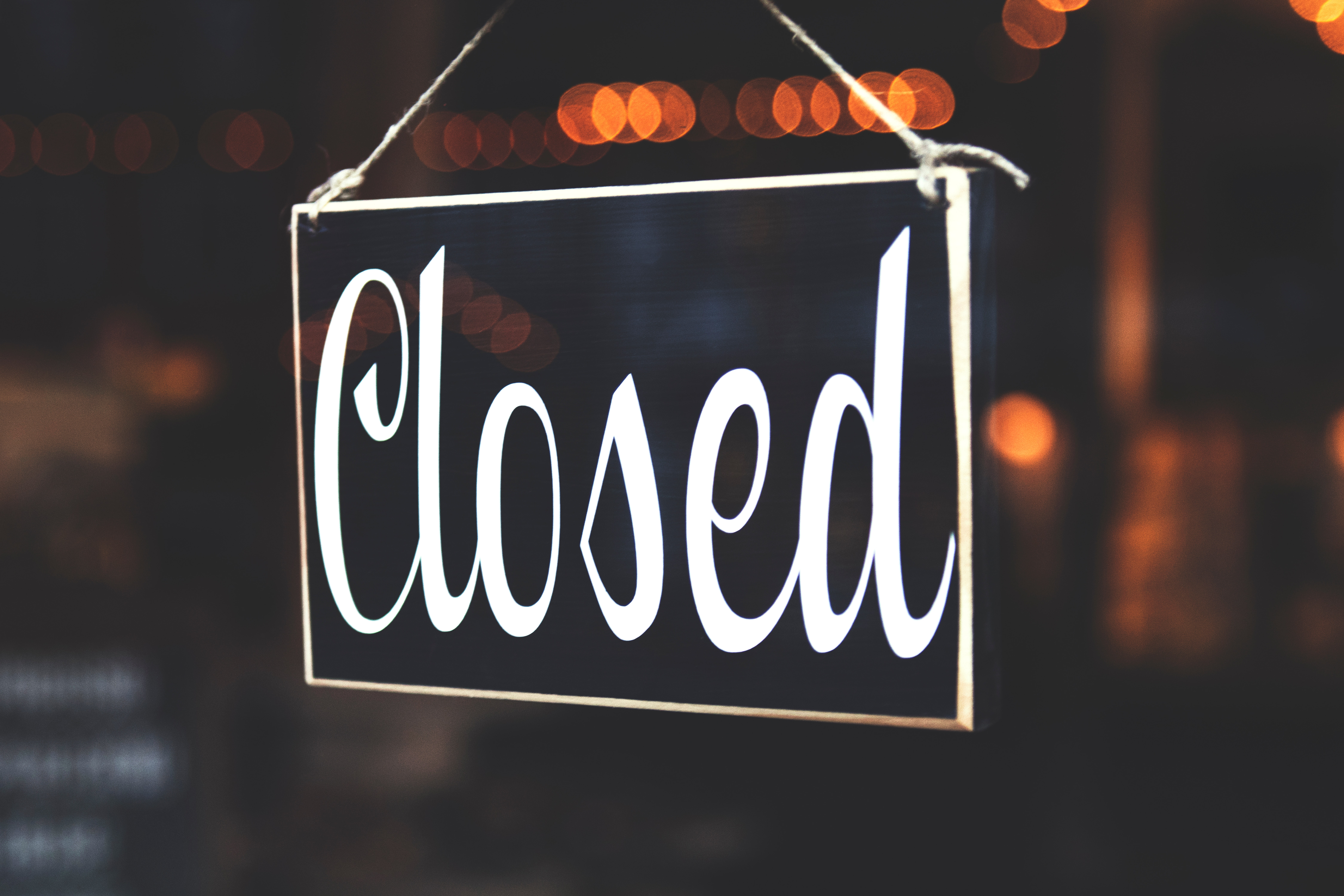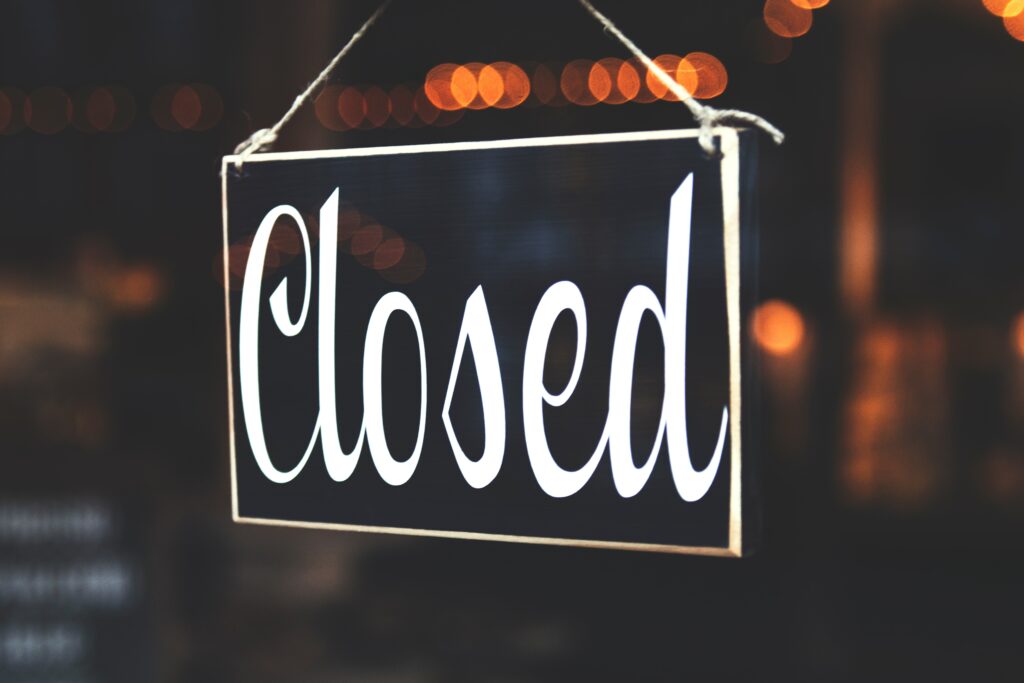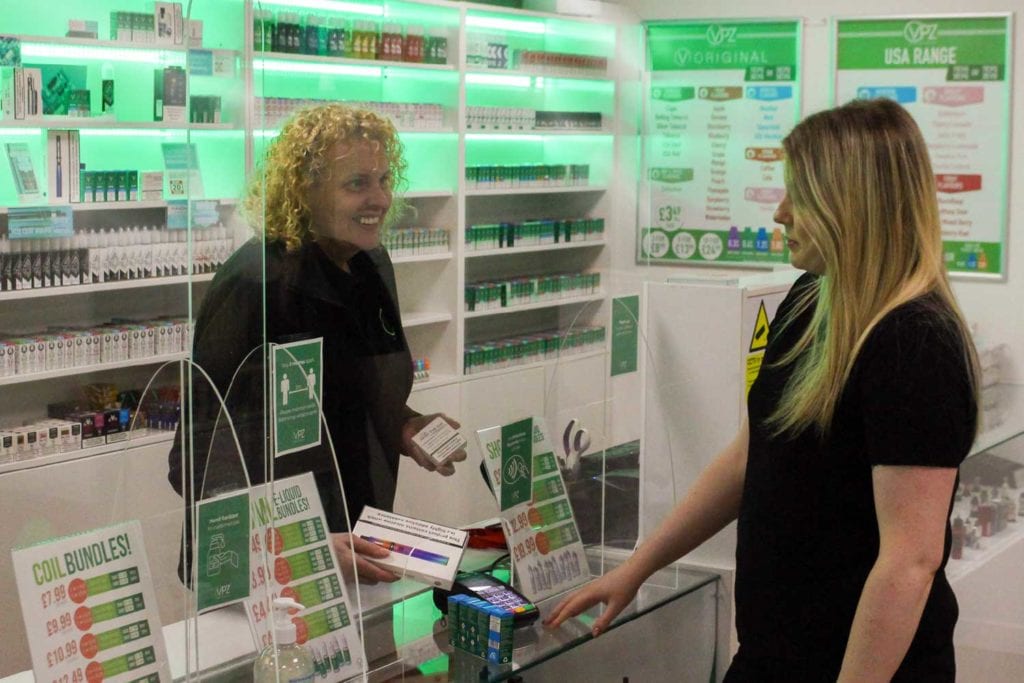
Retailers are struggling to know what vapor products will be able to remain on the market after Sept. 9. That’s the deadline for manufacturers to file premarket tobacco product applications (PMTA) to the U.S. Food and Drug Administration (FDA).
In a letter to the FDA, several retail associations are asking the regulatory agency to release a list of manufacturers that have PMTAs on file so retailers can know what electronic nicotine delivery system (ENDS) brands can remain on store shelves.
“As the September deadline approaches, the PMTA List will be critical to support compliance across the tobacco trade channel, helping inform distributors, wholesalers, and retailers which ENDS products are being marketed legally in accordance with FDA’s compliance policy,” the group wrote. “Relatedly, such a list also would facilitate enforcement against those manufacturers that continue to introduce illegally marketed products without premarket authorization or, in the case of deemed, currently marketed products, without a PMTA submitted by the deadline.”
FMI (the Food Industry Association), the National Association of Convenience Stores, the National Association of Truckstop Operators, the Petroleum Marketers Association of America, and the Society of Independent Gasoline Marketers of America state that “unlike the confidentiality provisions that are afforded to applicants” of PMTAs, such restrictions are not applicable when the PMTA filing applies to a currently marketed product.
“While FDA typically does not disclose the existence of a premarket product application (unless the applicant has publicly disclosed or acknowledged the existence of the application), the underlying rationale for non-disclosure does not apply in this situation,” the letter states. “Unlike PMTAs for products that have not yet been marketed, disclosing the existence of PMTAs submitted for ENDS products that have been on the market since at least August 8, 2016, through publication of the PMTA List, would not reveal any trade secret or (confidential commercial information).”
In the 6-page letter to Matthew Holman, director, Office of Science for the FDA’s Center for Tobacco Products, the retail group also stated that if the FDA would require consent from the manufacturer before disclosure, the retail group could provide “recommendations on a streamlined process for obtaining such consent” quickly.
“For example, FDA could ask for an applicant’s consent at the time of submission. To do so, [the] FDA could add a field in its submission portal notifying the applicant of the option to permit the agency to disclose the existence of its PMTA in a public list,” the group suggests. “Alternatively, in its initial acknowledgement letter, which provides the submission tracking number (STN) to applicants, FDA could ask for such consent. In both cases, the applicant would have the opportunity to provide affirmative consent.”

